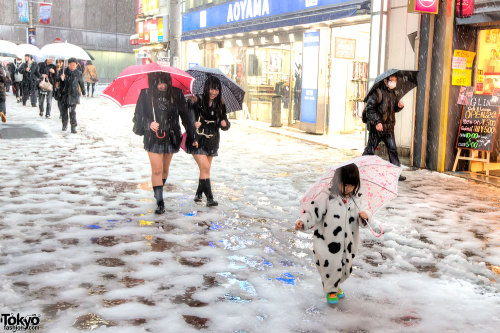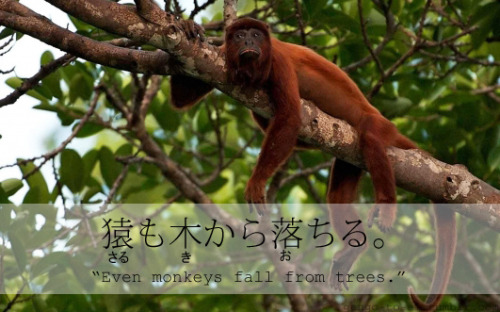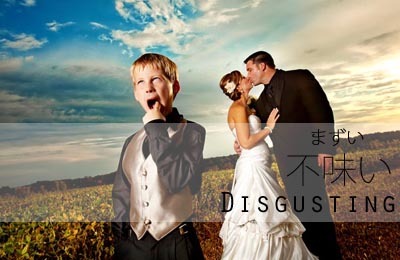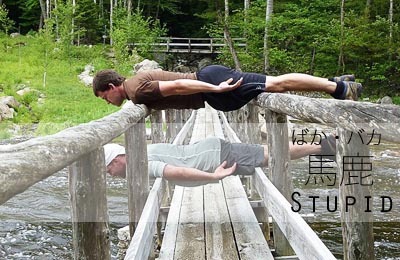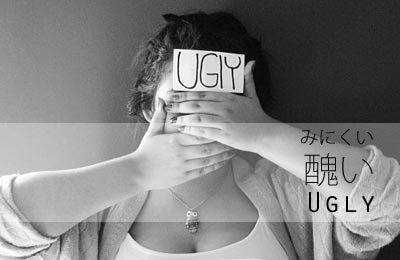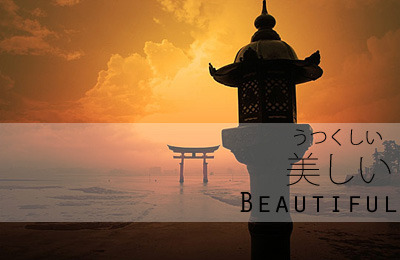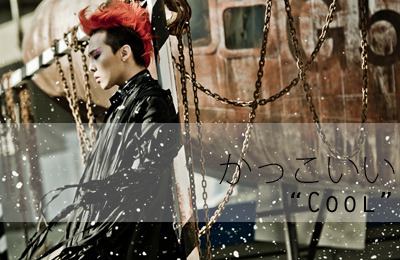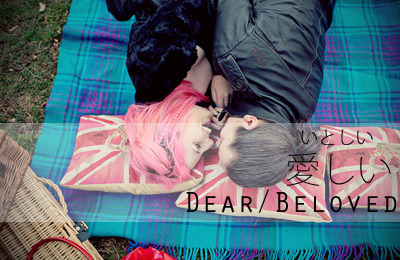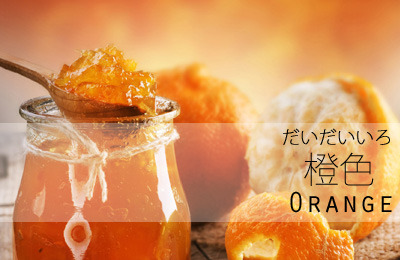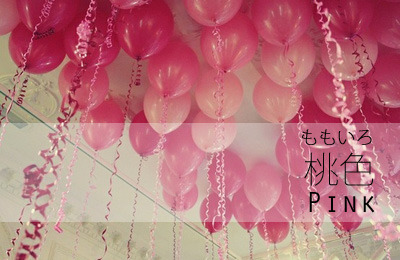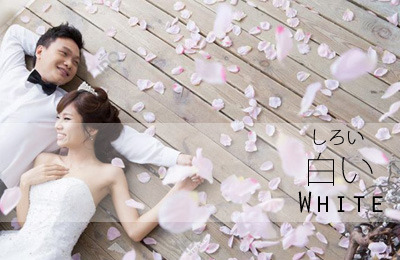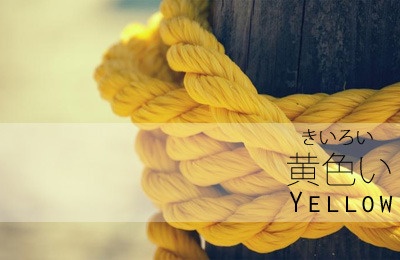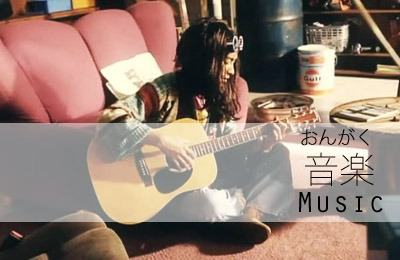#にほんご
Now I bet most of you have heard of the famous ‘Coming of Age Day’ (Seijin no Hi・成人の日) which celebrates youths transition into adulthood at the tender age of 20. But here is a celebration which I have noticed most people outside of Japan are not so familiar with, 7-5-3 (Shichi-Go-San・七-五-三) which happens every year on November 15.

7-5-3 (Shichi-Go-San・七-五-三) is day which both celebrates and prays for the growth of healthy children. The significance of the ages 7, 5 and 3 are that they are the celebrated milestone years for children in Japan. Much like how many eastern countries celebrate certain ages, i.e. 3, 10, 13 and 16.
The reasons for these particular ages, dates back to the “medieval” times of samurai and aristocrats families (web-japan.org), these ages saw the following:
- 3 years old: Both boys and girls of 3 years stopped having their hair shaven and were permitted to grow their hair out.
- 5 years old: Boys of 5 years could don a ‘hakama’ in public for the first time.
- 7 years old: Girl could begin using an ‘obi’ sash to tie their kimonos instead of the cords at the age of 7.
By the time of the Edo period (1603-1868) the ‘common’ folk of Japan were also celebrating these customs and began to visit shrines with prayers and offering for their children’s healthy growth. This custom/celebration is not a part of a holiday thus people celebrating this day can often be seen at the shrine the weekend before or after November 15th(ginkoya.com).

In Japan, the 2nd Monday of the New Year is marked as ‘Coming of Age Day’ or Seijin no Hi - 成人の日.
It is held for those who have matured to the age of 20 in the past year and commemorate their transgretion into adult hood.
This Coming of Age Day became an icey wonderland with the streets filling with snow.
For futher information about 2013’s Comeing of Age Day check tokyofashion’s article.
Post link

“n – a Buddist guardian of children and travellers or statues of him. Usually in the form of じぞうさま. These statues are found in temples and all over Japan at roadside or on paths.” – Oxford Japanese Minidictoinary, © Jonathan Bunt 2000, 2001, pg 103.

The Jizo / Ojizousama is one of Japans most loved Japanese divinities, as he is affiliated with protection and the saving of “lost” souls. More commonly the souls of children who have passed before ‘their time’. It is said that Ojizousama helps babies, still borns and children’s souls to pass onto the afterlife, saving them from an eternity of piling stones on the banks of the Sanzu River (a river which is believed to have to be crossed in order to reach the afterlife). In doing so he hides the young souls in his cloak, protecting them from demons and carrying them across.
It is quite common to find these statues in cemeteries, temples and on roadsides/paths and sometimes accompanied with little stones, pebbles and/or coins. These little offerings are given as thanks for saving/protecting someone or in hopes that this divinity with aid someone lost.
Ojizousama is also believed to be the protector of travellers, or dousojin, and Firefighters.
Negative Adjectives:
__________
Disgusting: Mazui / まずい / 不味い - (i-adj) also ‘unpleasant’; refers to taste, appearance and situation.
Stupid: Baka / ばか・バカ / 馬鹿 - (na-adj) also ‘idiot’, ‘jerk’, ‘folly’, ‘dunce’, etc. Used as an insult (vulgar language) or when describing something idiotic.
Ugly: Minikui / みにくし / 醜い - (i-adj) also ‘unattractive’.
Annoying: Wazurawashii / わずらわしい / 煩わしい - (i-adj) also ‘troublesome’.
Post link
Positive Adjectives:
Beautiful: Utsukushii / うつくしい / 美しい - (i-adj) refers to a person or place. Subarashii () used when refering to the day or weather.
Cool: Kakkoii / かっこいい / - (i-adj) also ‘good-looking’, ‘handsom’; male form of ‘kawaii’.
Cute: Kawaii / かわいい / 可愛い - (i-adj) also ‘adorable’; very effeminate term.
Dear: Itoshii / いとしい / 愛しい - (i-adj) also ‘lovely’, ‘beloved’, etc.
Post link
Colours (Colors) - 色(いろ)
____________________________________
Black: Kuro-i/ くろい/ 黒い
Blue: Ao-i/ あおい/ 青い
Brown: Chairo/ ちゃいろ/ 茶色
Green: Midori/ みどり/ 緑
Orange: Daidaiiro/ だいだいいろ/ 橙色
Pink: Momoiro/ ももいろ/ 桃色
Purple: Murasaki/ むらさき/ 紫
Red: Aka-i/ あかい/ 赤い
White: Shiro-i/ しろい/ 白い
Yellow: Kiiro-i/ きいろい/ 黄色い
Note:
When using colours as adjectives you will notice some end in ‘i’ and others don’t. In Japanese there are two ways which colours become adjectives 'i’ and 'no’.
1)’い’Adjectives are used as follows:
赤い車/Akai kuruma/Red car
青い車/Aoi kuruma/ Blue car
白い車/Shiroi kuruma / White car
黒い車/Kuroi kuruma/ Black car
(To form a noun, simply remove the 'i’. E.g. Akai, becomes Aka)
2)’の’Adjectives are used as follows:
紫の傘/Murasaki no kasa / Purple umbrella.
緑の傘/Midori no kasa / Green umbrella.
Or add 'いろ’ onto the end of both 'midori’ and 'murasaki’ to form ____いろ の かさ.
橙色の傘/Daidaiiro no kasa / Orange umbrella.
桃色の傘/Momoiro no kasa / Pink umbrella.
3)The following can appear as either a 'い’ or 'の’ adjective.
黄色(い/の)ペン/Kiiro-i/no pen / Yellow pen.
茶色(い/の)ペン/Chairo-i/no pen / Brown pen.
Post link
Likes & Hobbies
_______________________________________
Movie: Eiga / えいが / 映画 Music:
Ongaku: / おんがく / 音楽
Party: Paatei / ぱあてい / パーテイ
Photography: Shashinsatsuei / しゃしんさつえい / 写真撮影
Read: Yomi / よみ / 読み - or Yomu / 読む ([verb] to read)
Shopping: Kaimono / かいもの / 買い物 (買物) - or Kaimono suru / 買い物 する ([suru-verb] to shop)
Sleep: Nemuru / ねむる / 眠る [noun / ru verb]
Sport: Supootsu / すぽおつ / スポーツ
Post link

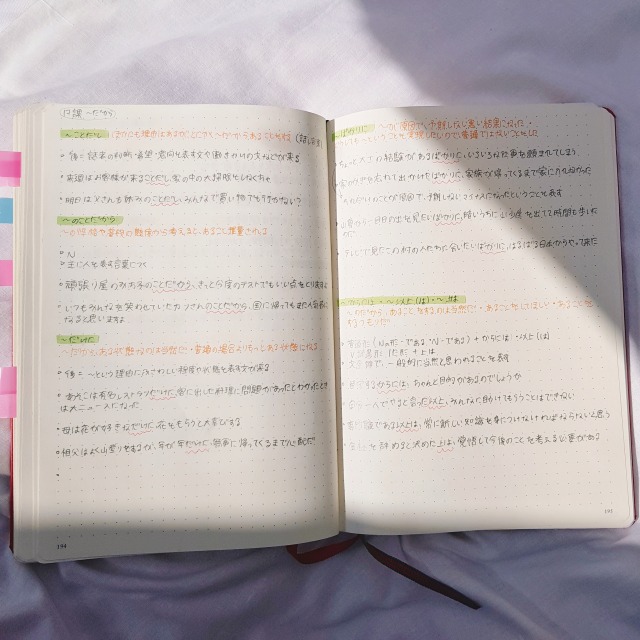


New books always gets me excited


アマゾンで注文した漢字ドリル用ノートがやっと届きましたぁ!
Notebooks for kanji have finally arrived. Bought them from amazon : )

こんばんは!これは6年生の漢字テストですー。実は中学生の漢字を勉強し始めたけどちゃんと復習しないとならないね。語彙力と漢字も増強したいですから



1hr 20m
I started painting something again. I’ve already finished it but I’ll be posting the finished work tomorrow! Btw my art IG is miuna003. Follow me if you want~
今日、また絵を描き始めました!もう完了したけど明日に投稿をするつもりです!ちなみに、IGアカウントはmiuna003で気軽にフォローしてください〜

I dropped this book for a while (months haha) but now I’m back at it every now and then


投稿するのは久しぶりですねごめんなさい
この冬休みにまた日本語を勉強しょうと思いますからその時まで投稿を待ってください!
Its been a while since i’ve posted so I’m sorry. I’m thinking of starting to study japanese again this winter break so please wait until then

“あなたの字はどんな字ですか”
私の字です〜


秋になってすぅごく寒くなってきたね。家から出ると寒さでぞくぞくしちゃう(TT)。来年は大学に通うなんてまだ信じられない!!
It’s become so cold now that it’s autumn. Whenever I leave my house I start to shiver so much. I can’t believe I’m going to uni next year too.

心理学の宿題がやっとし終わって約3時間かかりました。明日は凄く忙しそうなので早めに寝ます。おやすみ
I finally finished my psychology homework which took around 3 hours. Tomorrow is busy so I’ll sleep early. Goodnight
It’s my birthday today ^^ I’m turning 30! And what better to do when celebrating one more year on this planet than to do something new that I haven’t done before?
So I want to share with you all my very first series of characters that I’ve made and designed.
怪獣を作りました。They’re monsters, they’re out to scare you and they’re not messing around. Are you ready to meet the first one?
.
.
.
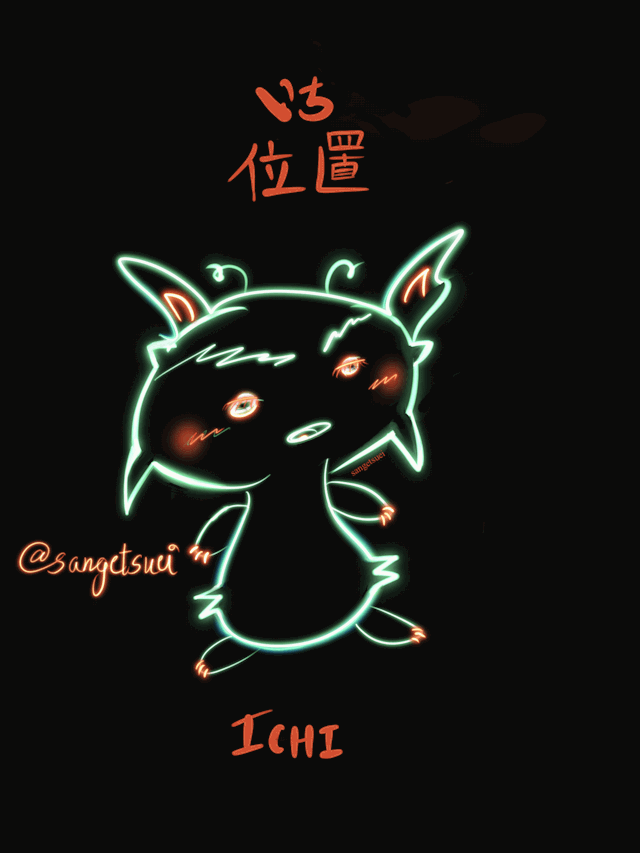
This is Ichi!
Ichi specializes in growls and ferocious glares. However, he also gets embarrassed easily. He can often be found to be blushing and trying to hide in a corner. He likes the smell of coffee but will only drink it if it’s extra sweet. Do tell him he did a good job of scaring you!
The kanji for Ichi’s name 位置 means ‘location’. He picked it himself!
In the following weeks, I will also be introducing Ni, San, Yon, Go, Roku, and Nana. All of them will be available to my patrons on patreon and you may find them interacting with each other and discussing things.
For my birthday, anyone who signs up to be my patron from now until 23:59 hrs of November 05, EST will get a free commission of the kanji of their choice.
If you decide to sign up, check out my set of 2 downloadable 怪獣 (kaijū), meaning ‘monster,’ mobile wallpapers featuring ichi! One has the kanji art for kaiju, and the other additionally has a breakdown of the kanji by radicals if you want to memorize the kanji.
That’s all for now! I hope you’ll join me on patreon in the new things I’ll be doing this year. まだ下手ですけど、my art skills have gotten better, don’t you think? Though I’m afraid when it comes to animation, it’s still very rough around the edges. I’ll keep trying to do better though! Please feel free to drop by my askbox here on Tumblr for feedback any time, whether you subscribe to my patreon or not! I love hearing from you guys ^^ Anonymous asks had got turned off for a while for some reason, but they’re back on now.
You can now also find me with the same name and handle on twitter and instagram as well - @ sangetsuei! Come say hi over there if you like!
Thank you for reading! I hope you all have a lovely day!

